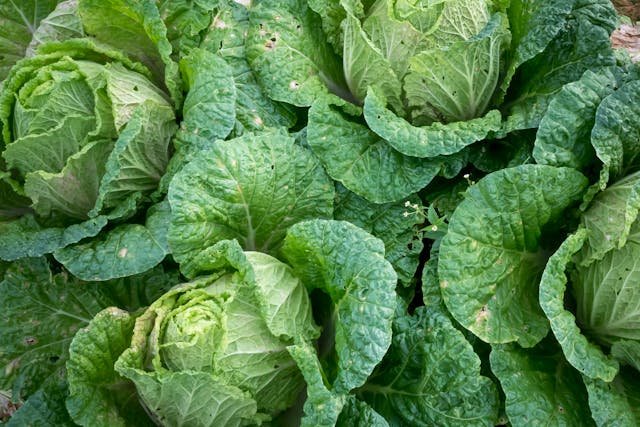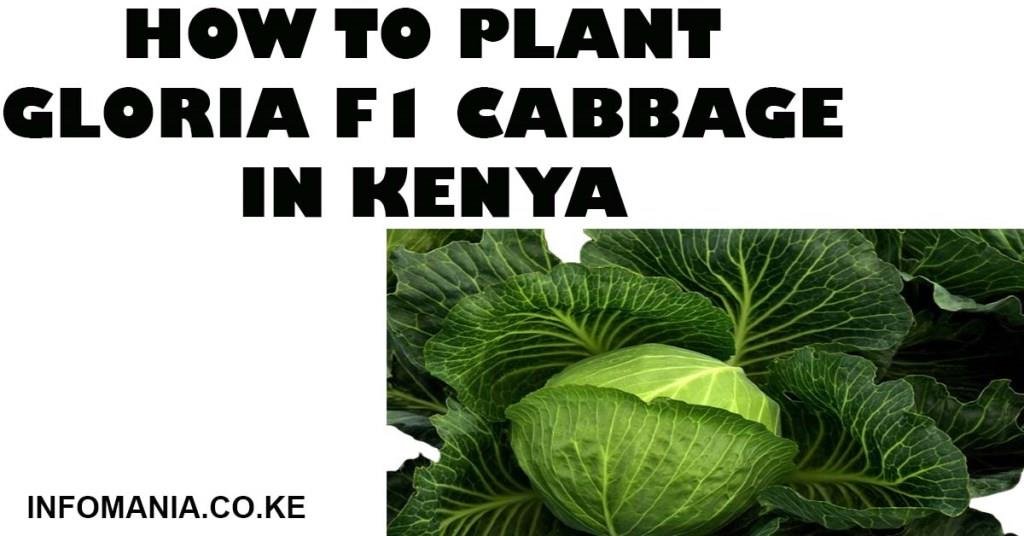Gloria F1 Cabbage Planting Tips for Kenyan Farmers
If you are a farmer and have been wondering how to plant Gloria F1 cabbage in Kenya, you’re in the right place. Gloria F1 cabbages, are a hybrid variety that adapts to climatic conditions, grows fast, and is highly resistant against pests and diseases.
The head size of Gloria F1 cabbage grows to 5 – 6 kgs and is firm and compact. When planting the cabbages, ensure you’re using the right seedling, soil, and tools. If it’s your first time planting the Gloria F1 cabbages, we will walk you through every step in this article.
How to Plant Gloria F1 Cabbage in Kenya
Gloria F1 cabbage is suitable in Kenya due to our climatic conditions. We experience the sunny and the rainy season only in Kenya. Such weather patterns can be harsh to crops and Gloria F1 cabbage seems to handle our climatic disparity well.
Additionally, the cabbage shows resilience in being resistant to common destructive pests and diseases.
Pre-plant preparation
Gloria F1 cabbage seedlings cost Ksh 990 per 10g
The first step is loosening your soil. Gloria does well in well-draining loam soil.
Add some manure after breaking the soil
You can also add fertilizer at this stage but not much
The soil pH should be around 6.5 -7
Planting seedlings
Plant the Gloria F1 cabbages in rows.
The spacing for the row should be 45 cm and the spacing between each cabbage should be 15 cm
When planting your seedlings, always plant with the ideal season in mind. Since Gloria F1 cabbages do well in hot weather target the dry months (October – November). Also, ensure you do irrigation and the cabbages get 6 hours of direct sunlight.
After planting care
After planting, you need to take care of the cabbages. Too much water isn’t good and non-draining soil makes the cabbages rot.
You can use a half-strength fertilizer solution once a week when the first true leaves appear and twice a week when two true leaves appear.
Ensure the cabbages get enough sunlight (6 hours) and watch out for pests. Use pesticides whenever you notice pests on the cabbages.
Continue caring for and watching the cabbages until two months and fifteen days elapse
Post-harvest
After harvesting, you need to filter the cabbages and separate them. Keep the cabbages of the same size together in a basket and store them in a dry place that is well-ventilated and away from the sun.

The cabbages should never come in contact with water or the ground as they will rot. Ensure you sell them in time before mold starts building
Conclusion
We have given you the knowledge on how to plant Gloria F1 cabbages, you can start by planting a small section and move to acres after you have gained more experience. Cabbage farming is profitable and should be your next getaway to wealth.
Frequently Asked Questions (FAQs)
How long does Gloria F1 cabbage take to mature?
Gloria F1 cabbages typically take 75 days to mature and can grow in heat-prone areas due to their heat-tolerant characteristics.
What is the best month to plant cabbage in Kenya?
You can grow cabbages using irrigation between October and December. You can also grow them between April and June during the long rainy season.
What is the spacing for Gloria?
60 x 60 cm is the ideal plant spacing for Gloria F1
What makes cabbage grow faster?
Enough sunlight, well-drained soil, fertilizer, and an ideal soil pH (6.5 – 7) makes cabbages grow faster.
How much money does cabbage make per acre in Kenya?
You can sell a ton of cabbages at Ksh 25,000. If you harvest 20 tones in one acre then you will make Ksh 500,000. The amount you make per acre depends on your harvest.
What is the best fertilizer for cabbage in Kenya?
DAP (Diammonium Phosphate) has a high phosphorus and works perfectly with cabbages
How often do you fertilize cabbage?
Use a half-strength fertilizer solution once a week when the first true leaves appear and twice a week when two true leaves appear
What type of soil does cabbage grow best in?
Cabbages grow well in drained loam soil. You can adjust soil pH to around 6.7 – 7 for greater yields.

